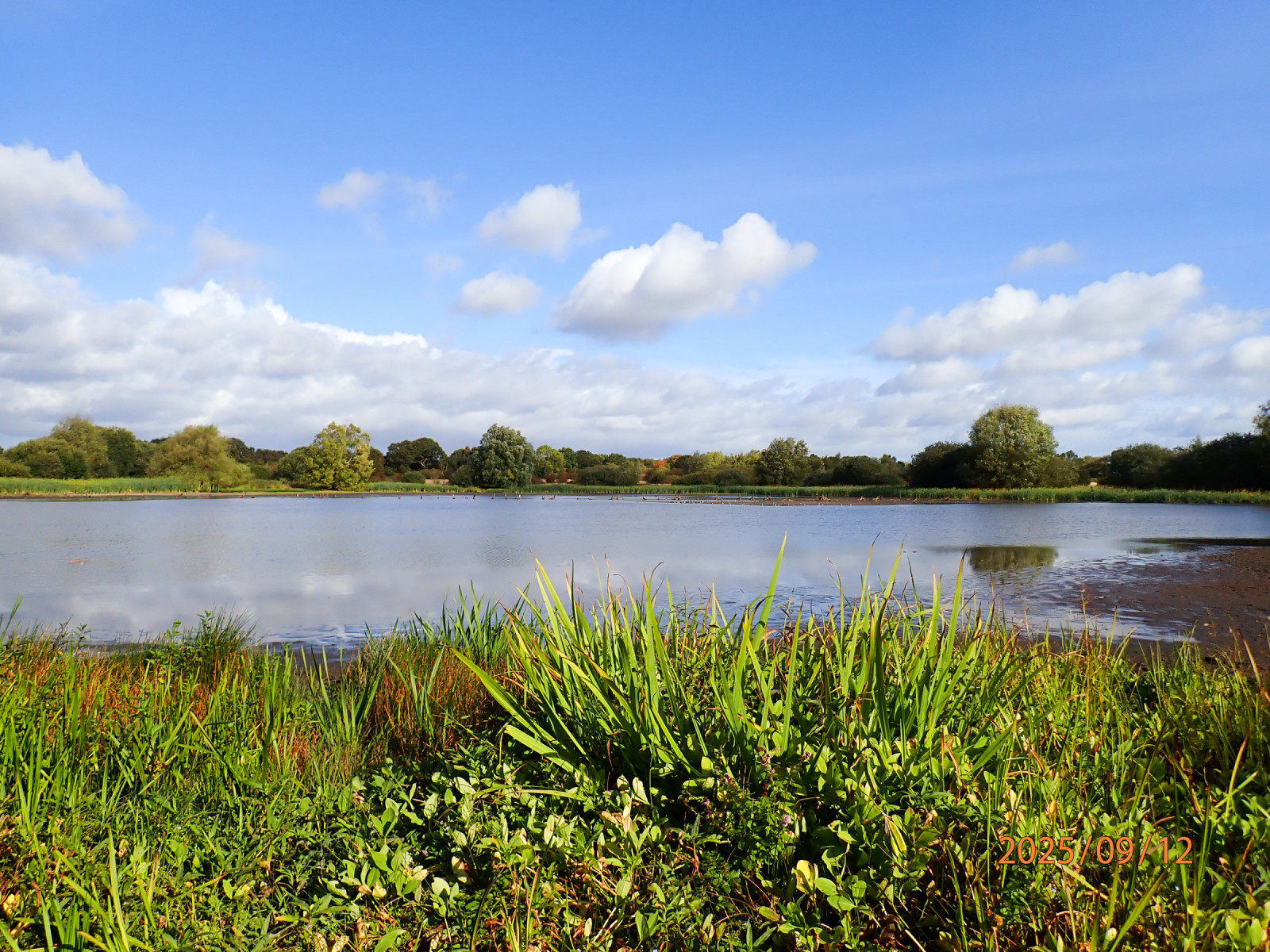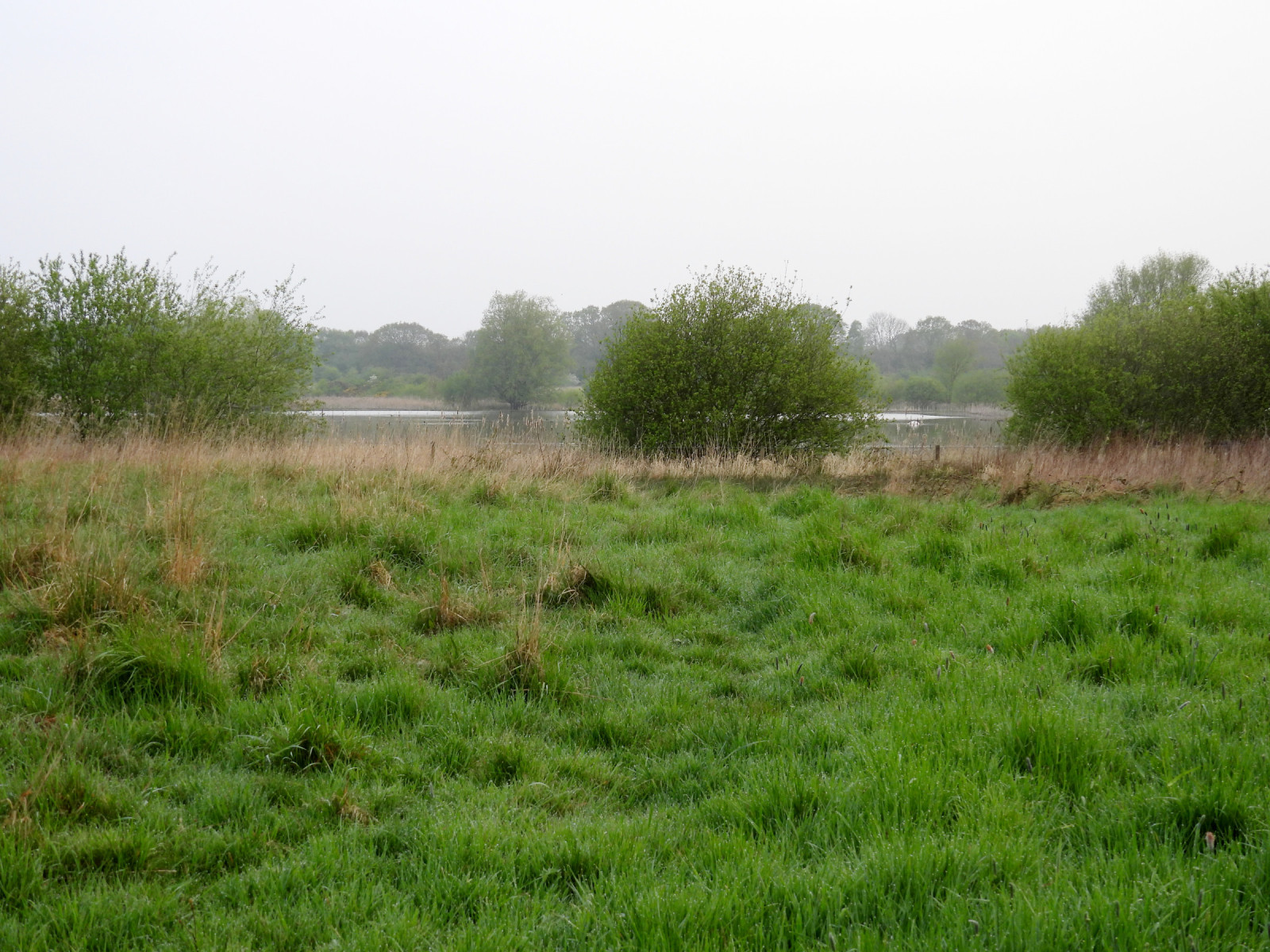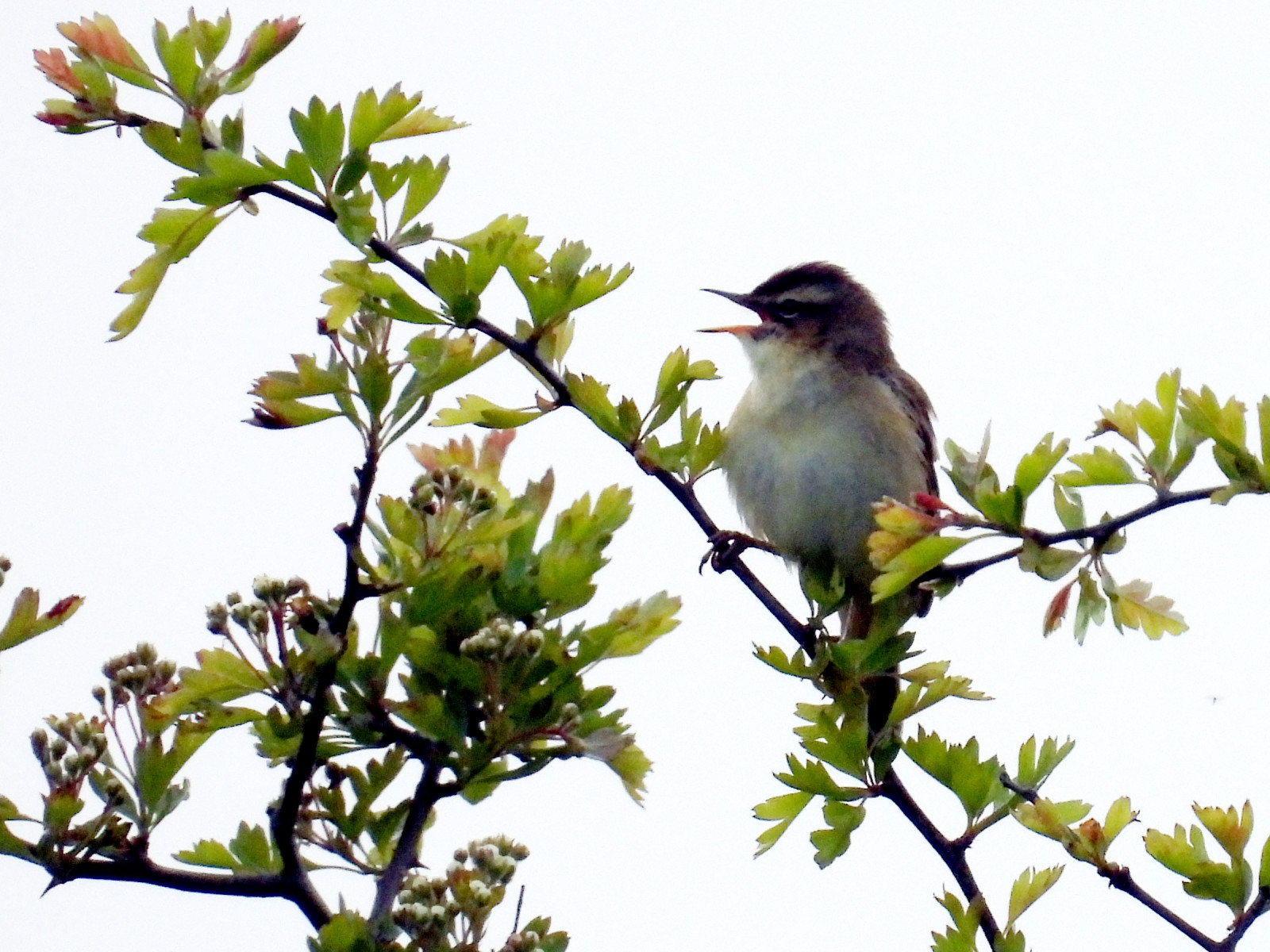Beschreibung
Arcot Pond first formed around 1970 when underground coal mine workings subsided. In its early years, it regularly dried out in summer creating good conditions for passage waders, but this has not happened more recently as wetland flora colonised the area, forming dense stands of rushes at the water's edge.
The pond itself now holds only small numbers of water birds, but including the occasional unusual species, such as a Rothalstaucher that spent most of March 2021 there. Of rather greater interest is the wet grassland and shrubland surrounding the pond, which holds some of the best populations in Northumberland of several warblers, notably Feldschwirl, Schilfrohrsänger, and Klappergrasmücke. In winter, it also attracts Sumpfohreule and Waldohreule regularly, as well as good numbers of Rotdrossel and Wacholderdrossel coming to feed on Hawthorn berries.
Details
Zugang
Access along informal grass tracks off Arcot Lane, the minor road east of Arcot Hall Golf Course. Best to arrive by bicycle or on foot, though there is roadside parking (uneven and rutted!) for 2 or 3 cars.
Please avoid leaving the paths, as some of the unusual flora is sensitive to trampling.




